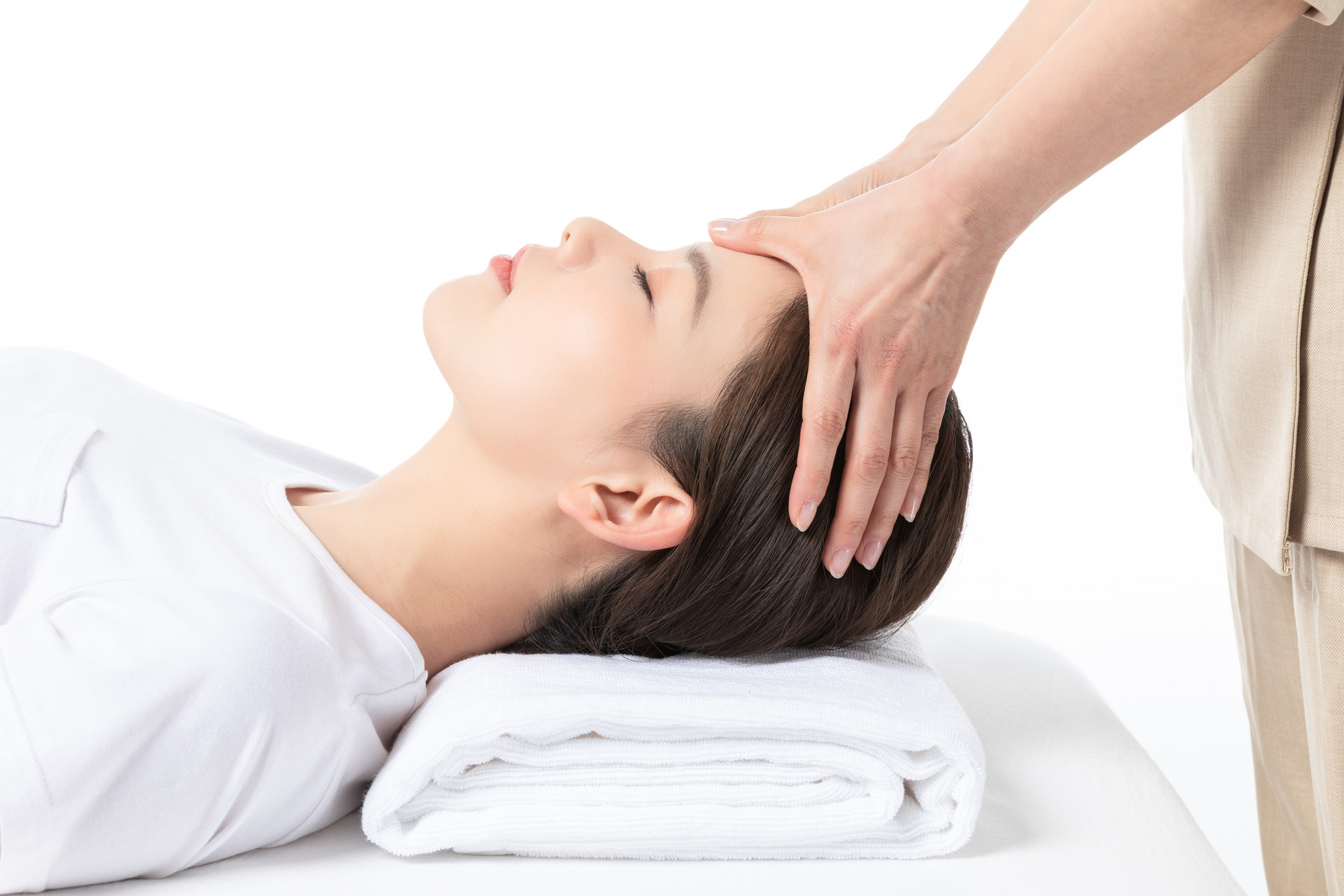The theory of meridians is one of the fundamental theories of traditional Chinese medicine and has been gradually developed through long-term clinical practice. It has significant implications for guiding clinical work.
The meridians have the function of connecting the upper and lower parts of the body, linking the organs and facilitating the flow of qi and blood. According to the "Yellow Emperor's Inner Canon," the twelve meridians "are connected to the organs internally and extend to the limbs externally." They have the physiological function of "circulating qi and blood to nourish yin and yang, nourishing tendons and bones, and promoting bone joints." The "Inner Canon" also states that when pathogenic qi invades the body, it "first stays in the skin and hair, then moves to the superficial meridians, then to the collateral meridians, and finally to the main meridians, connecting to the five viscera and dispersing in the intestines and stomach." This is the pathological process in which pathogenic qi gradually enters the five viscera and six bowels through the meridians. Of course, through the connection of the meridians, internal organ diseases can also be reflected in specific areas of the body, such as red eyes and headache for liver yang hyperactivity; chest pain and cough for lung disorders; chest tightness and palpitations for heart disorders; fatigue and dampness for spleen disorders; and soreness and weakness in the lower back and knees for kidney disorders.
Massage therapy, especially for internal and gynecological diseases, is guided by the theory of meridians. During massage therapy, specific acupuncture points are selected based on the pathology of a meridian or organ. By stimulating these points with various techniques, the function of the meridians and the circulation of qi and blood can be adjusted, thereby achieving the goal of treating diseases. For example, Fengchi is selected for treating headache caused by excessive yang in the liver; Hegu is selected for treating headache caused by excessive yang in the Yangming meridian; Zusanli is selected for treating epigastric pain; and Neiguan is selected for treating heart pain. Therefore, the knowledge of meridian acupuncture points is of great clinical significance for guiding massage therapy.
The meridian system of the human body consists of the meridians and collaterals. The meridians are the main lines that distribute deeper and vertically, connecting the organs and facilitating the flow of qi and blood. The collaterals are the smaller branches that exist at different depths and network between the meridians. The meridians include the twelve regular meridians and the eight extraordinary meridians, as well as the twelve divergent meridians, twelve muscle regions, and twelve cutaneous regions associated with the twelve regular meridians. The collaterals are divided into divergent collaterals, superficial collaterals, and connecting collaterals. The twelve regular meridians (collectively known as the regular meridians) and the eight extraordinary meridians (collectively known as the extraordinary meridians) are the main components of the meridian system (if the twelve regular meridians are combined with the Ren and Du meridians, they become the fourteen regular meridians).
Acupuncture points are the locations on the body where qi and blood from the internal organs and meridians converge and reach the surface. These points are mostly located along the pathways of the meridians. When these points are stimulated by acupuncture or acupressure, they produce strong reactions and significant therapeutic effects. Therefore, the discussion of meridians is inseparable from acupuncture points. The relationship between meridians and acupuncture points is that meridians serve as the basis for acupuncture points, and acupuncture points serve as the channels for the meridians. For example, meridians are like the railway tracks of a train, and acupuncture points are the stations along the route. Acupuncture points are further divided into the fourteen regular meridian points, extraordinary points, and Ashi points.
◆ The Twelve Regular Meridians and Eight Extraordinary Meridians
【The Twelve Regular Meridians】
1. Classification According to the yin and yang attributes of the internal organs associated with each meridian and their locations along the limbs, the twelve meridians are divided into three categories: the three yin meridians of the hand, the three yang meridians of the hand, the three yin meridians of the foot, and the three yang meridians of the foot. The yin meridians are associated with the organs and run along the inner side of the limbs, while the yang meridians are associated with the fu organs and run along the outer side of the limbs. The classification of the twelve meridians is shown in the table below:
2. Pathways and Connections The three yin meridians of the hand run from the chest to the hand, the three yang meridians of the hand run from the hand to the head, the three yang meridians of the foot run from the head to the foot, and the three yin meridians of the foot run from the foot to the abdomen (chest). This forms a circular pathway of "yin and yang intersecting each other without end" (Figure 1, Figure 2).
The yang meridians govern the superficial aspects, while the yin meridians govern the internal aspects. They are interconnected to form a relationship between the superficial and the internal. For example, the Lung Meridian of Hand Taiyin is connected to the Large Intestine Meridian of Hand Yangming; the Pericardium Meridian of Hand Jueyin is connected to the Triple Energizer Meridian of Hand Shaoyang; the Heart Meridian of Hand Shaoyin is connected to the Small Intestine Meridian of Hand Taiyang; the Spleen Meridian of Foot Taiyin is connected to the Stomach Meridian of Foot Yangming; the Liver Meridian of Foot Jueyin is connected to the Gallbladder Meridian of Foot Shaoyang; the Foot












